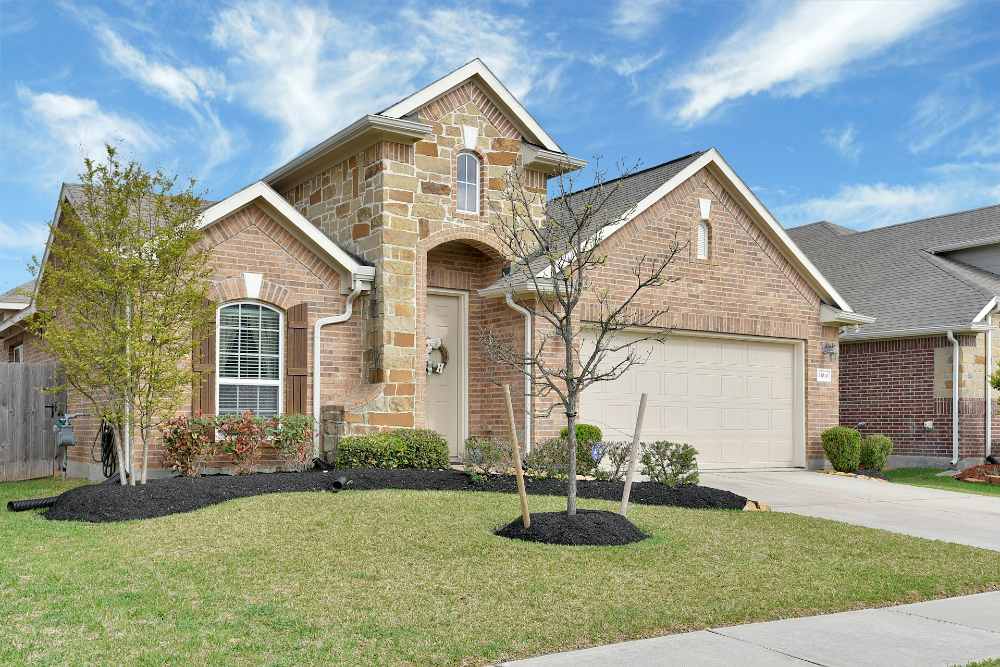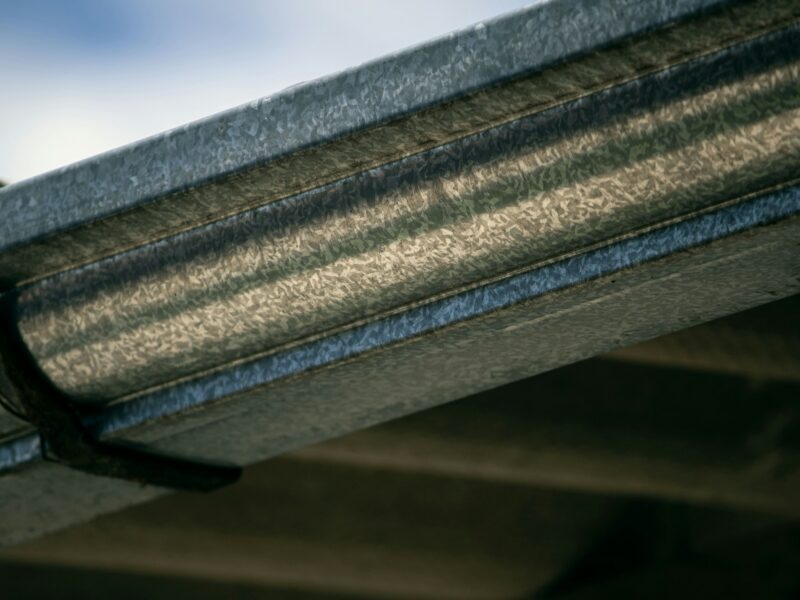Gone are the days when choosing a roofing material was limited to aesthetics and basic functionality. Today, homeowners are met with many residential roofing options that fulfill these basic needs and extend far beyond by offering advanced features such as enhanced energy efficiency, durability, and environmental friendliness.
The roofing market has seen a surge in materials like cool roofing, photovoltaic solar panels, and even garden or green roofs – options that were virtually unheard of a few decades ago. This rapid evolution has empowered homeowners to select roofing materials that align closely with their values, whether rooted in ecological responsibility, long-term financial savings, or architectural expression.
Contents
- 1 Choosing Sustainable Roofing Materials
- 2 The Lifespan of Different Roofing Materials
- 3 Installation Techniques for Maximum Durability
- 4 Innovations in Residential Roofing
- 5 The Importance of Proper Insulation and Ventilation
- 6 Cost-Benefit Analysis: Investing in Quality Roofing
- 7 Maintenance Tips for Extending Roof Life
- 8 Environmental Impact of Roofing Choices
- 9 Common Mistakes to Avoid in Residential Roofing
Choosing Sustainable Roofing Materials
In sustainable roofing, materials are evaluated based on their ecological footprint, recycling potential, and energy efficiency. Homeowners aiming for a roof installation that ticks these boxes might opt for materials like metal roofing, which is lightweight, fire-resistant, and capable of withstanding severe weather conditions but also reflects sunlight and reduces cooling costs.
Another option would be slate or terracotta tiles, which can regulate indoor temperatures naturally. Choosing such materials yields benefits that go beyond environmental contribution and enter the realm of cost-effectiveness and increased property value. Pioneering the adoption of sustainable roofing can also set a positive example in a community, potentially influencing more comprehensive change.
The Lifespan of Different Roofing Materials
One of the most critical aspects of residential roofing is the life expectancy of the materials used. The durability of roofing materials can differ significantly, ranging from 15-20 years for asphalt shingles to over 50 years for metal, slate, or tile roofs.
Synthetic roofing products like rubber or plastic composites are also emerging as durable and attractive alternatives, often with warranties that rival traditional materials. While initial investment costs might be higher for these long-lasting options, the reduced frequency of replacement and repairs can make them a financially sound choice in the long run.
It’s a compelling argument for homeowners to deliberate over the expected lifespan and ensure their investment in residential roofing remains protected for years.
Installation Techniques for Maximum Durability
The roof installation is as pivotal as the material when striving for longevity and performance. The meticulous application of roofing – aligning each shingle with precision, adequately sealing seams, and ensuring flawless insulation and ventilation – can profoundly impact the roof’s lifespan.
Substandard installation can lead to many issues, from leaks and water damage to increased energy bills due to poor insulation. Experienced roofers utilize industry knowledge and skills to showcase the intricacies of roof installation and emphasize the significance of high-quality craft in creating a durable roof that can withstand the elements over time.
Innovations in Residential Roofing
Modern residential roofing is a playground for innovation. In particular, technology has paved the way for integrating solar roofs into mainstream housing. Unlike the bulky panels of yesteryears, today’s solar roofing is sleek, practical, and often seamlessly integrated into the roof’s design.
Innovations exemplify this shift, offering a dual function of traditional protection from the elements and generation of renewable energy. Green roofs, which provide a layer of vegetation, have also increased in popularity in urban environments. These living roofs contribute positively to air quality, insulation, and biodiversity, all while granting a unique aesthetic to the building.
The Importance of Proper Insulation and Ventilation
Insulation and ventilation may not be the first things that come to mind when discussing roofs, but they are fundamental to a home’s energy efficiency. Effective insulation decreases heat transfer, resulting in a warmer house during winter and a cooler one during summer.
Similarly, proper ventilation ensures that hot air and moisture do not accumulate within the attic, which can compromise the roof structure and decrease its lifespan. Smart choices in materials and design can further magnify these effects, contributing to overall home comfort and savings on energy bills. As such, homeowners must consider these aspects when planning residential roofing projects.
Cost-Benefit Analysis: Investing in Quality Roofing
The adage “you get what you pay for” often holds true regarding roofing. A cost-benefit analysis can show how investing in higher-quality, more durable materials can lead to significant savings over time. Materials with higher upfront costs, like high-grade metal or composite shingles, can provide greater longevity, require less maintenance, and offer energy savings through better insulation properties.
It’s not uncommon for homeowners to find that these higher-end options pay for themselves through reduced utility and repair bills, not to mention the peace of mind that comes with knowing your home is well-protected against the elements.
Maintenance Tips for Extending Roof Life
Simple maintenance acts can be highly effective in prolonging the life of a roof. These acts include regular inspections, especially after extreme weather events, which can catch potential issues early on. Cleaning gutters and downspouts prevent water buildup that could seep under roofing materials.
Homeowners should also look out for missing, damaged, or aged shingles and have them replaced promptly. While often overlooked, such maintenance measures can act as the first line of defense against roof deterioration and help maintain a structurally sound and aesthetically pleasing roof for as long as possible.
Environmental Impact of Roofing Choices
The conversation on roofing materials often extends to their environmental impact. The production, transportation, and installation of certain materials can have varying degrees of ecological impact.
Additionally, the end-of-life disposal of roofing materials is another critical consideration: Can they be recycled, or will they contribute to landfill waste? Green Building Elements offers an extensive overview of research on sustainable materials, shedding light on how proper roofing can minimize your home’s environmental footprint.
Investing in environmentally sound roofing is a decision that can have ripple effects, contributing to the planet’s health.
Common Mistakes to Avoid in Residential Roofing
The journey of installing or replacing a roof is fraught with potential errors. A common mistake is underestimating the value of professional expertise. Choosing the least expensive estimate without considering the level of service can lead to inferior work that could become more costly in the future.
Another misstep is neglecting to consider climate and environmental factors when selecting materials; what works in one region might not be suitable in another. By recognizing and sidestepping these errors, homeowners can ensure they make the best possible decisions for their residential roofing needs, resulting in a sound investment and a high-performing roof.



